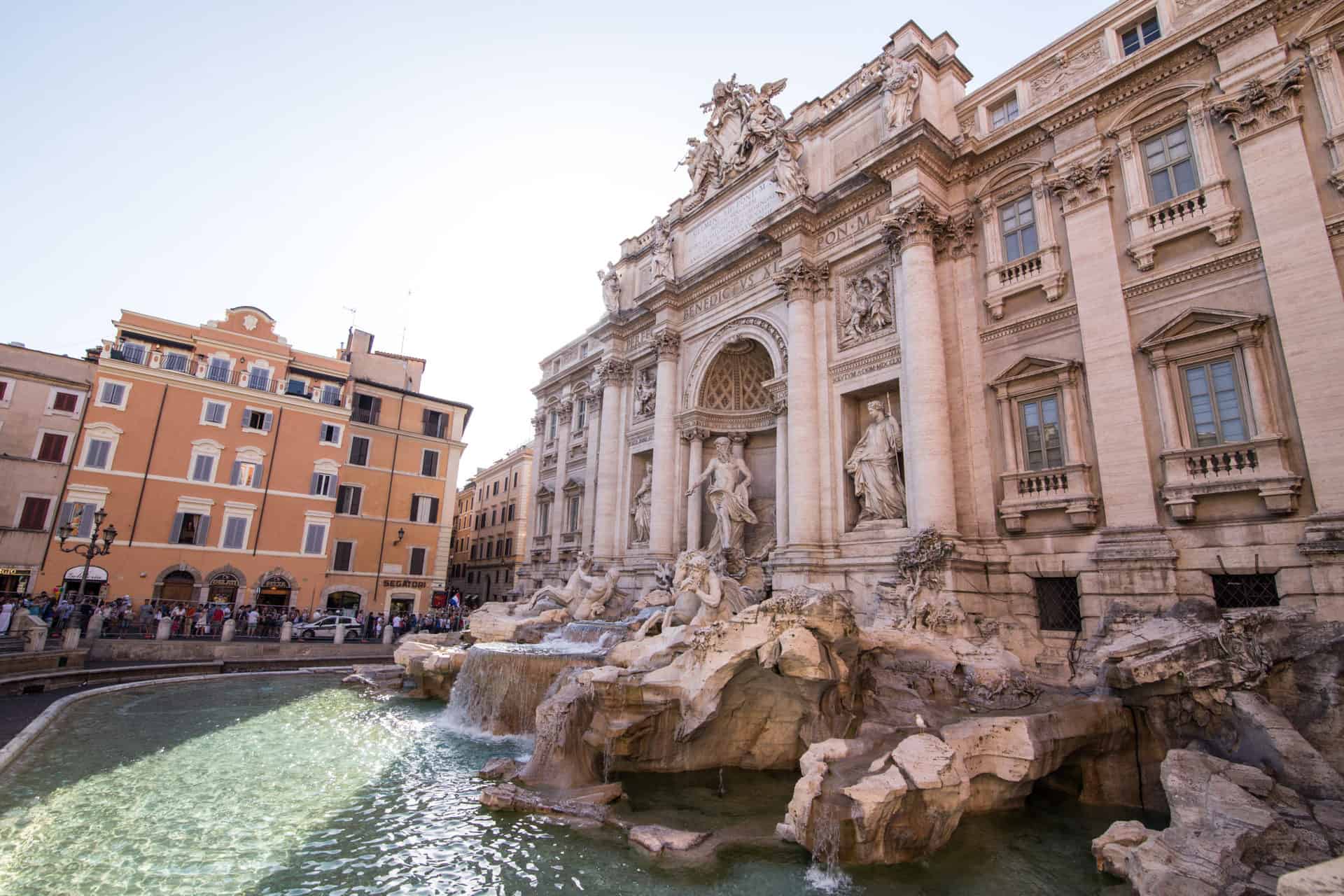The Dying Gaul: Unraveling the Meaning and History of an Ancient Roman Masterpiece

Updated On: April 29, 2024 by Fatma Mohamed
The Dying Gaul stands as a haunting testament to the ancient world’s power and brutality. Housed in the Capitoline Museums of Rome, this captivating bronze sculpture has captivated the imaginations of art lovers and historians for centuries. Crafted over 2,000 years ago, the Dying Gaul depicts a wounded Celtic warrior, his muscular frame slumping in agonizing defeat.
Yet, behind this harrowing scene lies a profound and complex story – one that has challenged and inspired scholars for generations. Who was this Gaul warrior? What was the significance of this sculpture in ancient Roman society? And how has the Dying Gaul endured as one of the most iconic and enigmatic artworks of antiquity?

In this exploration, we will unravel the deep-rooted meanings and rich historical context that imbue the Dying Gaul. From its origins as a symbolic monument to the Roman conquest of Gaul to its enduring legacy as a symbol of tragedy and perseverance, this ancient masterpiece continues to captivate and mystify all who behold it. Join us as we delve into the complex and fascinating story of the Dying Gaul.
Table of Contents
History of the Dying Gaul
The Dying Gaul, a marble masterpiece sculpted in the throes of death, is a powerful testament to the artistry of the Hellenistic period. Created as a Roman copy of a lost Greek bronze, the sculpture portrays a fallen Celtic warrior, his muscular form etched with both pain and defiance. While its exact origins remain shrouded in some mystery, Dying Gaul’s journey through time offers a fascinating glimpse into artistic interpretations of history, cultural perceptions of heroism, and the enduring power of art.
Discovery and Relocation
The Dying Gaul, a poignant Hellenistic sculpture, was unearthed in Rome in the 16th century near the Castel Sant’Angelo. The exact location of its discovery remains unclear, but it is believed to have been part of a larger sculptural group depicting a battle scene. Following its rediscovery, the sculpture quickly captured the attention of the Renaissance art world. Pope Julius II acquired it for the Capitoline Museums, where it remains one of the most captivating sculptures in the collection.
Influence and Portrayal of Celts

The Dying Gaul is not merely a masterful depiction of a fallen warrior; it is also a window into the artistic portrayal of Celts during the Hellenistic period. The sculpture embodies the classical Greek tradition of depicting Gauls as barbarians, with their characteristic wild hair and torque necklace. However, the Dying Gaul transcends this stereotype.
The intricate details of Gaul’s musculature and the emotional expression on his face imbue the sculpture with a sense of dignity and pathos, even in defeat. The Dying Gaul’s influence on European art is undeniable, serving as a model for artists for centuries to come. It stands as a testament to the enduring power of Hellenistic sculpture to capture the complexities of human form and emotion.
Unraveling the Meaning of the Dying Gaul
The Dying Gaul, a marble masterpiece sculpted in the throes of death, transcends its captivating artistry to invite us on a journey to unravel its deeper meaning. More than just a portrayal of a fallen warrior, the sculpture offers a complex commentary on the human experience, heroism, and cultural perceptions of war. By delving into the depiction of the human form, the symbolism embedded in the statue, and its historical context, we gain a richer understanding of this timeless artistic treasure.
Depiction of the Human Experience
The Dying Gaul is not a one-dimensional glorification of victory or a dehumanizing portrayal of the defeated. The sculptor’s masterful hand captures the vulnerability of the human form with startling realism. The intricate details of Gaul’s musculature, the strain etched on his face, and the slump of his defeated body evoke a sense of empathy that transcends cultural barriers. Despite his impending demise, Gaul’s defiant gaze and the twist of his torso suggest an indomitable spirit. This nuanced portrayal reminds us of the universality of human suffering and the resilience of the human spirit in the face of adversity
Symbolism and Significance of the Statue

The Dying Gaul is laden with symbolism that enriches our understanding of its meaning. The torque necklace, a signature element of Celtic attire, serves as an immediate ethnic marker. However, the Gaul’s nudity can be interpreted in multiple ways. It could symbolise his barbaric nature from a Roman perspective, or it could represent the idealized heroic form prevalent in Greek art, from which the Romans borrowed heavily.
The statue’s fallen posture and downturned weapon signify defeat, but the intricate details of his hair and the expressiveness of his face suggest a respect for the vanquished foe, even in his final moments. This interplay of symbolism underscores the complex relationship between victors and vanquished, reminding us that heroism can be found on both sides of the battlefield.
A Window into Hellenistic and Roman Culture
The Dying Gaul serves as a window into the artistic and cultural perspectives of the Hellenistic period and its Roman inheritors. The influence of Greek artistic traditions is evident in the portrayal of the warrior’s physique and the emphasis on pathos, the expression of suffering. However, the Roman context in which the sculpture was displayed adds another layer of meaning. The Romans, who saw themselves as the inheritors of Greek culture, often portrayed conquered peoples as barbarians. The statue, while acknowledging the Celts’ bravery, might have served as a reminder of Roman dominance.
Enduring Legacy
The Dying Gaul’s enduring significance lies in its ability to evoke a range of emotions and interpretations. It is a testament to the power of art to transcend cultural and historical boundaries. The sculpture prompts us to contemplate the universality of human experience, the complexities of war, and the enduring concept of heroism. By capturing the vulnerability and defiance of the Gaul, the sculptor compels us to confront the human cost of conflict and to recognize dignity, even in defeat. The statue thus serves as a powerful reminder of the enduring power of art to move us, challenge us, and inspire us to reflect on the complexities of the human condition.
In Conversation with Other Statues

The Dying Gaul doesn’t exist in a vacuum. To fully appreciate its meaning, it’s helpful to consider similar statues from the ancient world:
- Wounded Warriors: Several Hellenistic sculptures depict wounded warriors, often Greeks or Romans, locked in a heroic struggle. The “Dying Alexander” and the “Pergamene Dying Gaul” (a separate sculpture depicting a different Gaulish warrior) share a focus on physical realism and emotional expression, offering a glimpse into the artistic tradition from which The Dying Gaul emerged.
- Victors and Vanquished: Art from conquering cultures often portrayed defeated enemies in a submissive or even dehumanized way. Compare The Dying Gaul to the Assyrian “Lion Hunt Reliefs,” which depict the brutal subjugation of conquered peoples. The nuanced portrayal of the Gaul, while acknowledging defeat, offers a more respectful perspective.
- The Power of Pathos: The Dying Gaul’s emotional impact is not unique. Hellenistic sculptors often explored themes of suffering and mortality. The “Laocoön and His Sons” sculpture, depicting a family under attack by serpents, exemplifies this focus on pathos. Both works utilize dramatic poses and intricate details to evoke a strong emotional response from the viewer.
- Beyond the Battlefield: Statues exploring themes of mortality and heroism extended beyond military figures. The “Barberini Faun,” a Hellenistic sculpture of a drunken satyr, explores themes of vulnerability and the human condition in a less overtly dramatic way. By comparing The Dying Gaul to such works, we gain a broader understanding of the artistic vocabulary used to explore human experience in the ancient world.
Conclusion
The Dying Gaul stands as more than just an exquisitely crafted sculpture; it is a portal to a bygone era, a poignant reflection on human experience, and a testament to the enduring power of art. While the exact circumstances of its creation may remain shrouded in some mystery, Dying Gaul’s journey through time offers a glimpse into artistic interpretations of history, cultural perceptions of heroism, and the enduring power of human emotion. Through its depiction of a fallen warrior, the sculpture transcends cultural barriers, reminding us of the universality of suffering and the unwavering human spirit.
The Dying Gaul‘s complex symbolism invites us to contemplate the victor’s perspective while acknowledging the dignity of the vanquished. It is a masterpiece that continues to move and inspire us, prompting reflection on the complexities of war, the enduring concept of heroism, and the power of art to bridge cultures and centuries.
FAQs
1. What is “The Dying Gaul: Unraveling the Meaning and History of an Ancient Roman Masterpiece”?
“The Dying Gaul” is an important marble statue from the Hellenistic period, showing a semirecumbent Celtic soldier. It’s a masterpiece in the field of art history.
2. Where can I see The Dying Gaul?
You can find this rare Italian sculpture in Naples at the National Archaeological Museum.
3. How does “The Dying Gaul” link to Roman history?
This piece was made during the Roman Empire and shows great insight into Roman art and civilization.
4. Was “The Dying Gaul” originally a marble statue or bronze sculpture?
Many think that this finely carved marble statue likely copies a lost Greek bronze sculpture from an earlier time.
5. Does ‘The Dying Gaul’ hold cultural significance?
Yes, its historical interpretation provides us with deep insights into how Romans saw their world during their time, making it very significant culturally.






